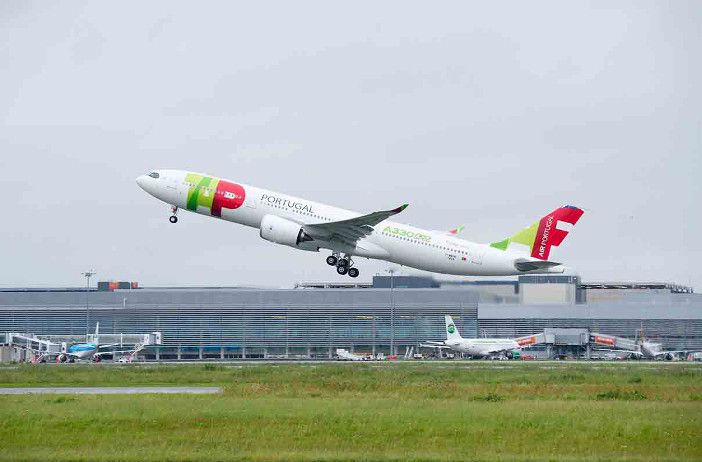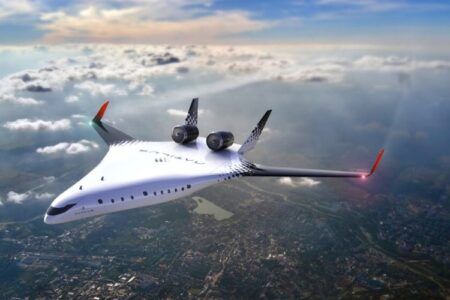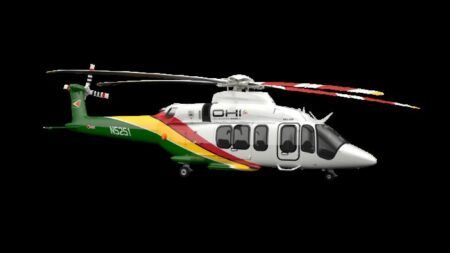Airbus’ latest widebody aircraft the A330neo has started function and reliability testing as part of a worldwide tour to demonstrate its readiness for airlines.
The function and reliability tests, which are also known as route proving, include Extended-range Twin-engine Operational Performance Standards (ETOPS) missions and will see the aircraft land at diversion airports and also test airport handling services. After a fly past over Airbus’ European sites, the A330neo will head for 15 major airports worldwide over five continents, aiming at achieving 150 flight test hours in three trips.
The route proving tests are being performed by the first A330-900 production aircraft, which is fully equipped with Airbus’ latest Airspace cabin and flying in launch operator’s Tap Air Portugal colours. The aircraft first flew on May 15, 2018 to flight-test cabin systems such as air conditioning.
The route proving tests form part of the last trials required for aircraft Type Certification, which is scheduled for summer 2018.
The A330neo was launched in July 2014 as the latest generation of Airbus’s wide-body family, and builds on the A330’s “proven economics, versatility and reliability”, Airbus says, while reducing fuel consumption by a further 14% per seat.
The two versions of the A330neo – the A330-800 and A330-900 – can accommodate 257 and 287 passengers respectively in a three-class seating layout, and are powered by the latest-generation Rolls-Royce Trent 7000 engines. They also feature a new larger span wing with Sharklet wingtip devices.





